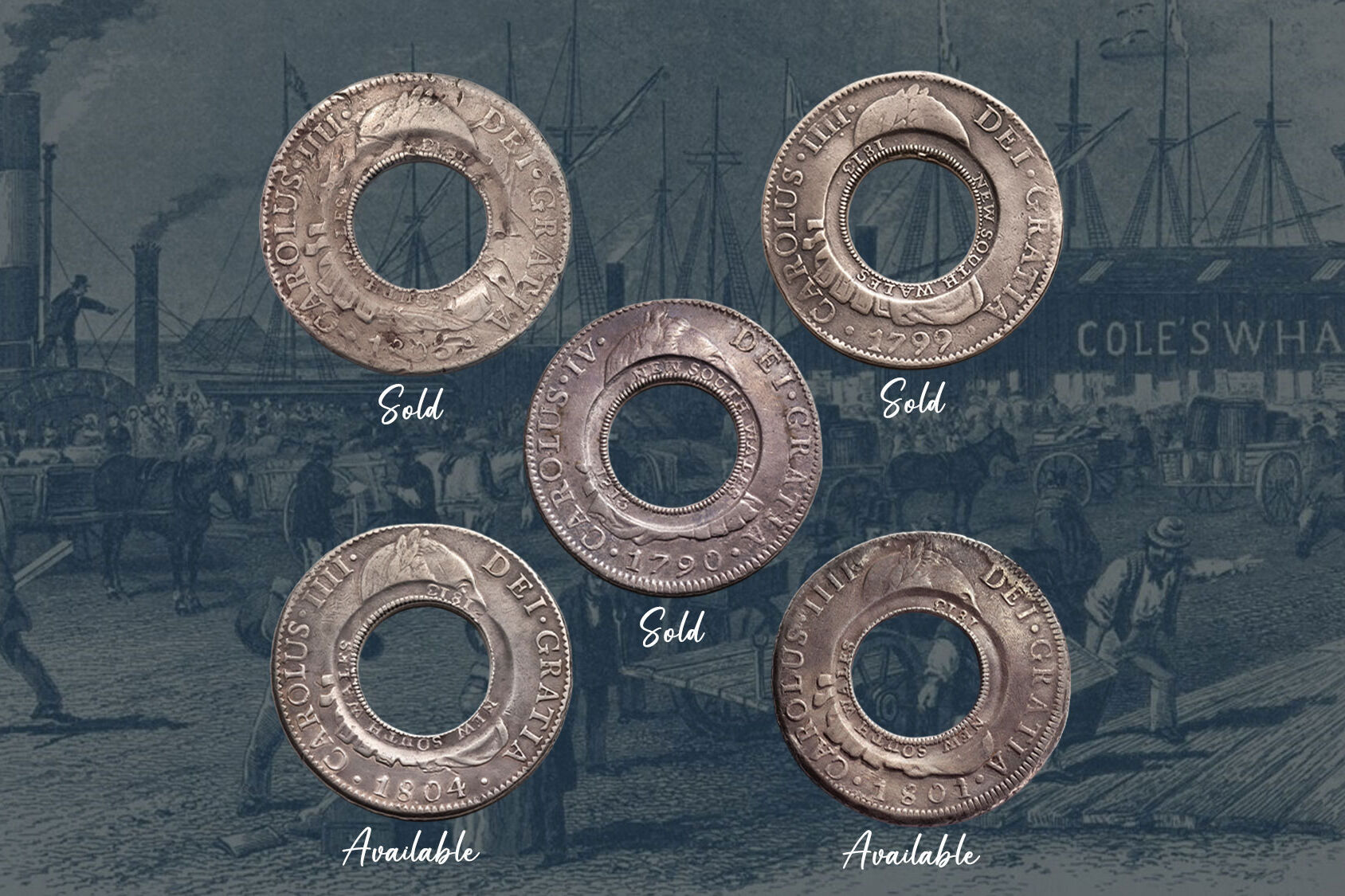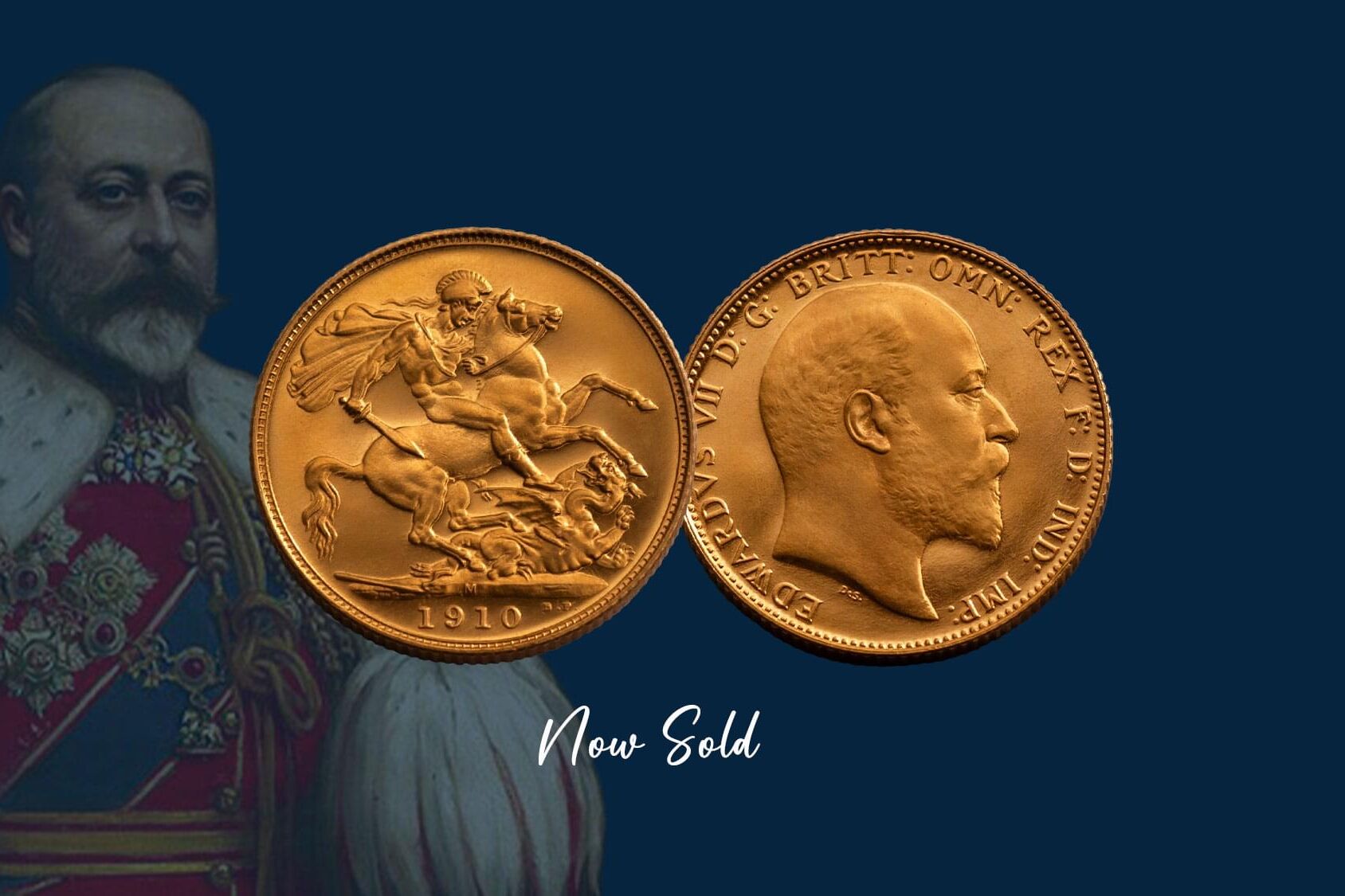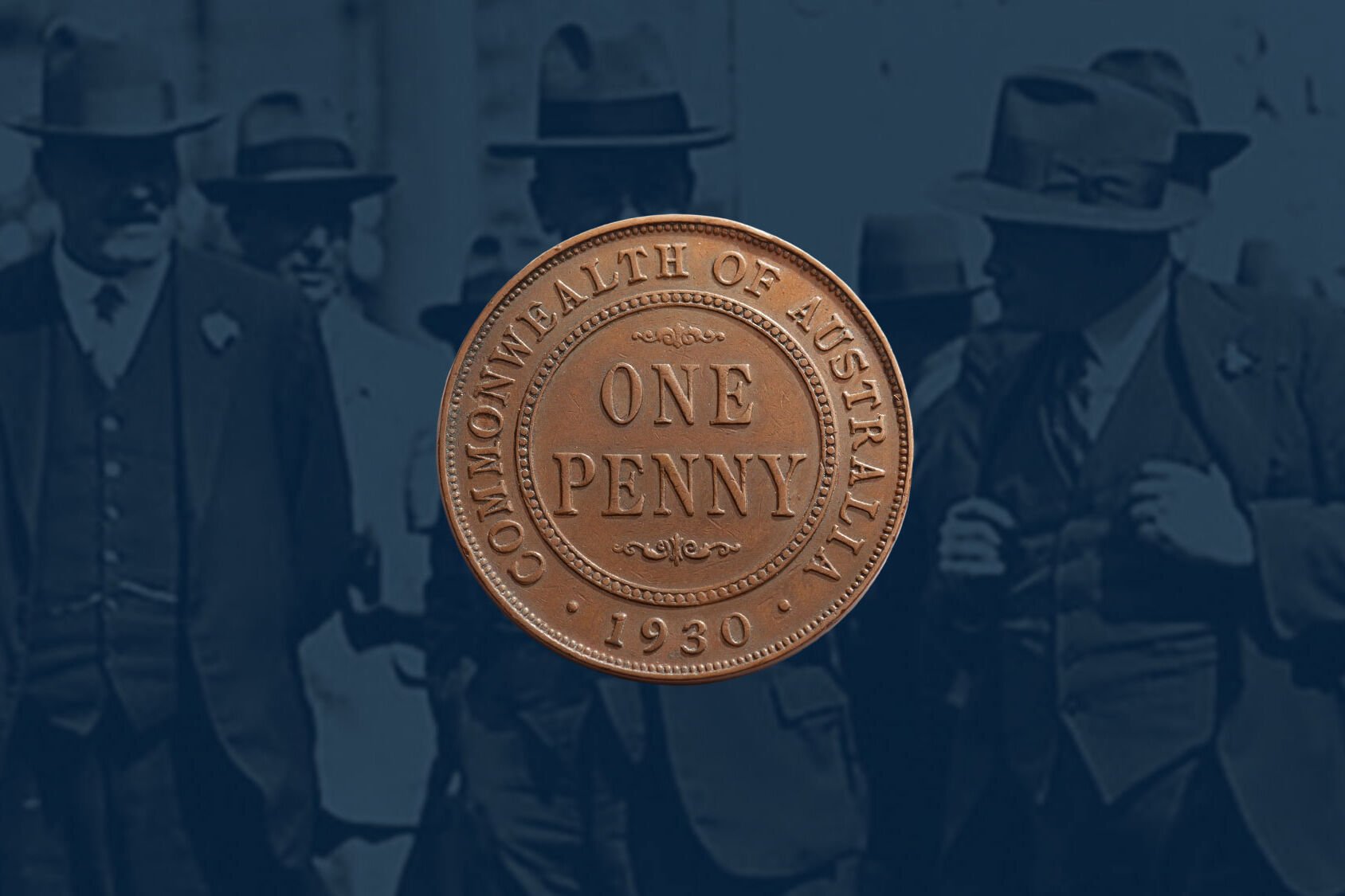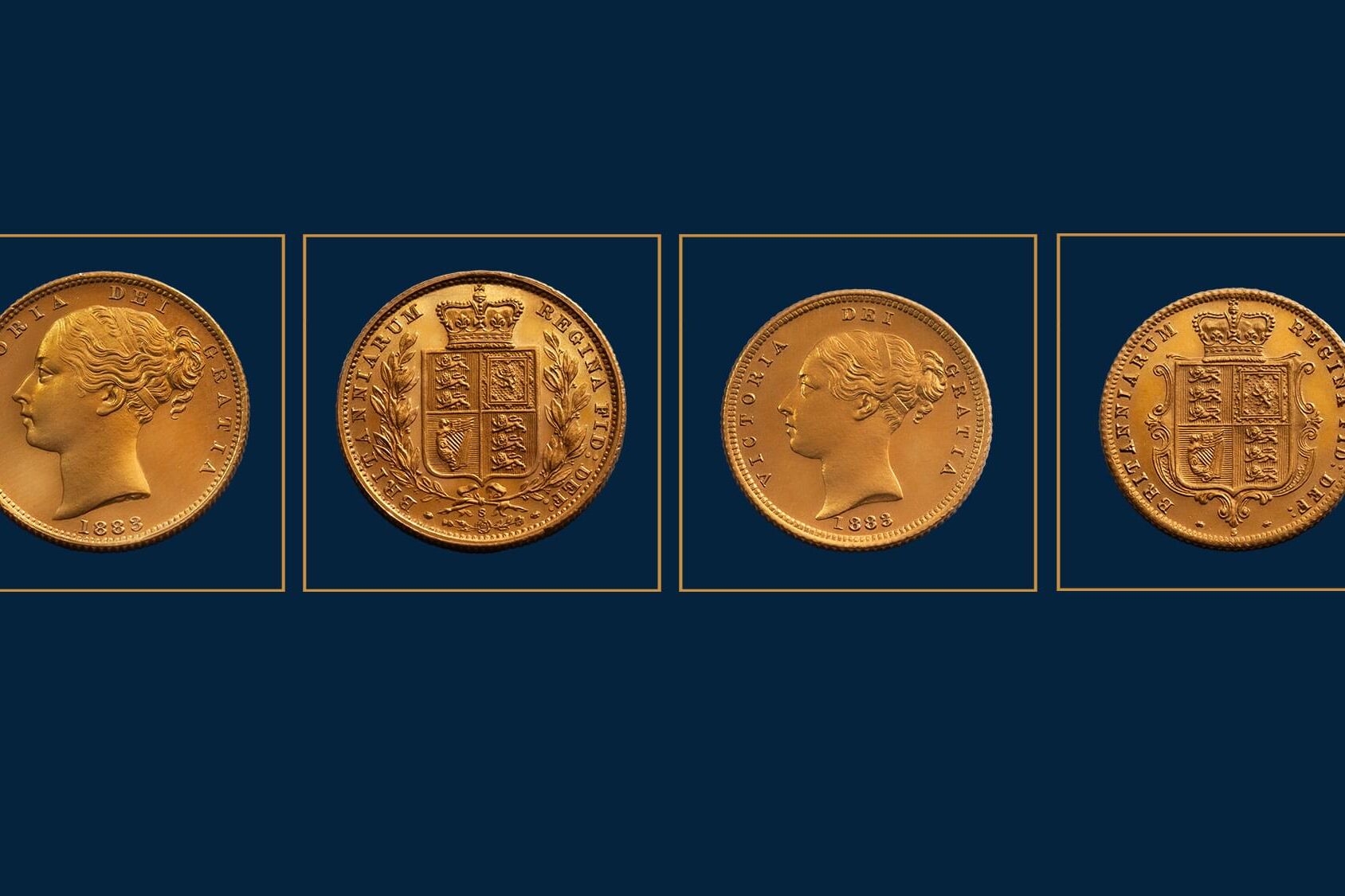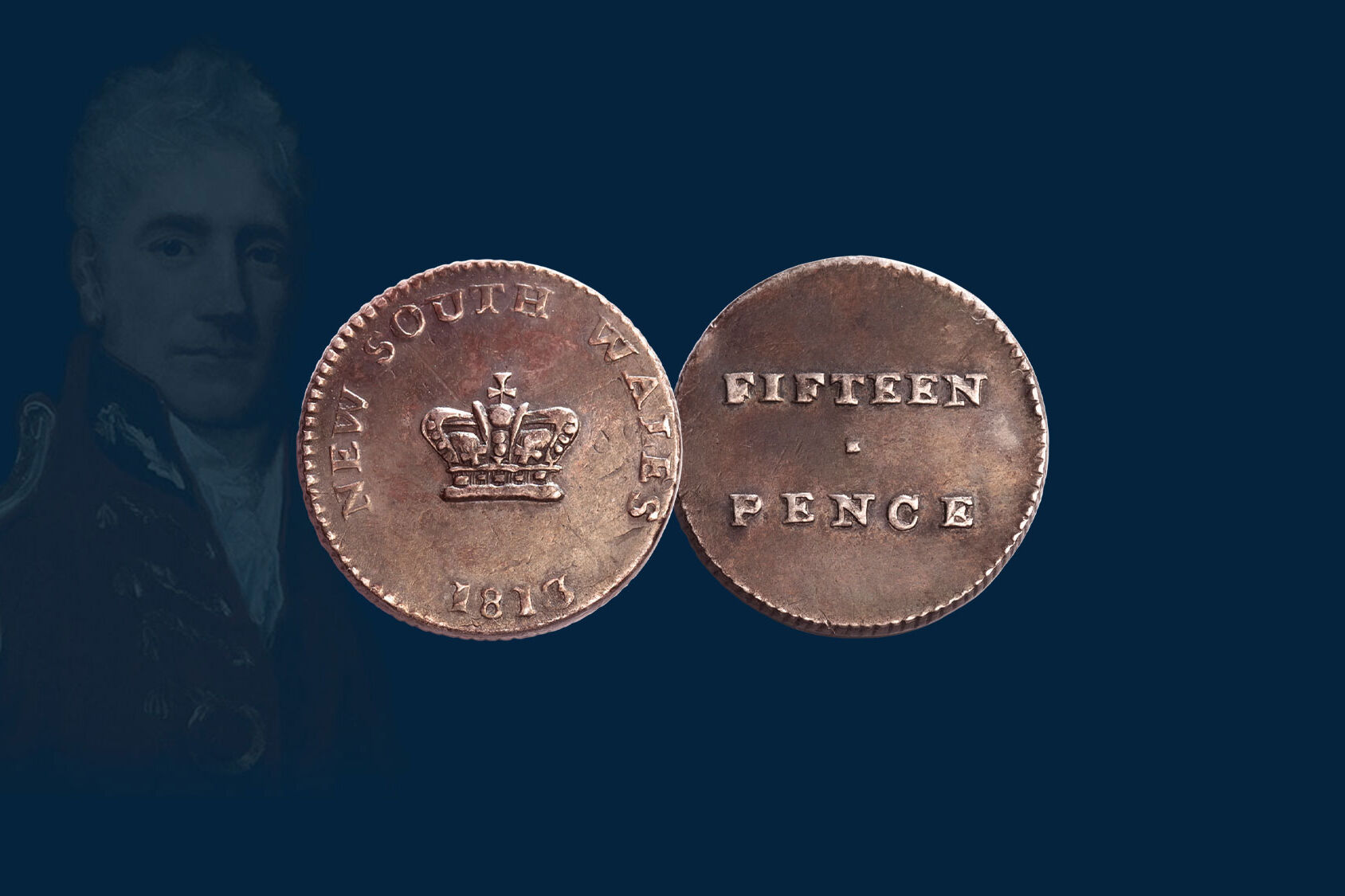1813 Holey Dollar struck on an 1803 Mexico Mint Charles IIII Spanish Silver Dollar
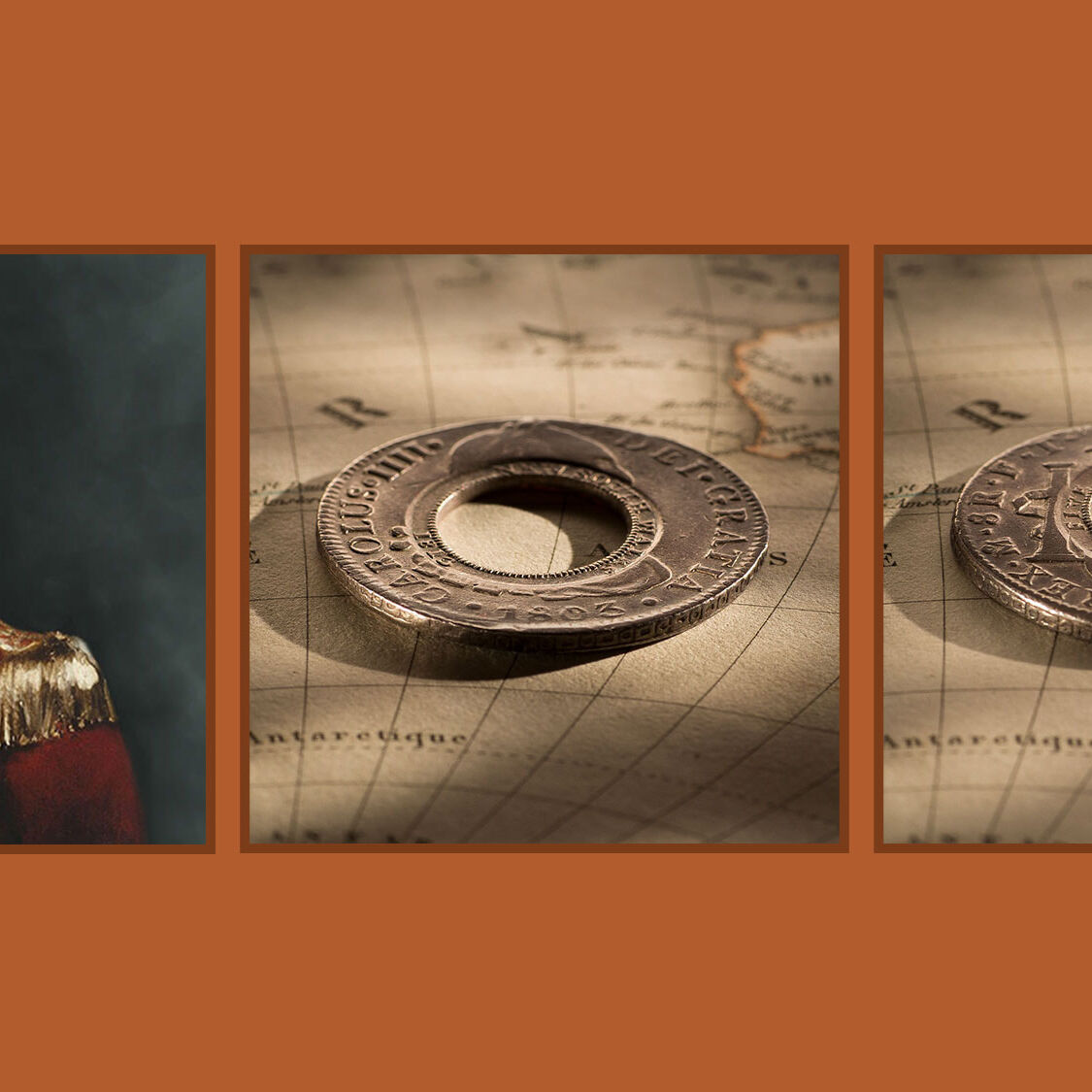

The fundamentals of this Holey Dollar.
When Mint Master William Henshall created this Holey Dollar, he grabbed a Spanish Silver Dollar that had been struck at the Mexico Mint in 1803. The dollar depicted the legend and portrait of King Charles IV. The coin was one of 40,000 Spanish Silver Dollars imported by Lachlan Macquarie to use as the basis of the colony's first currency.
Armed with a punch, Henshall cut a hole in the dollar. He then placed the holed coin into a simple drop hammer system which held two dies.
One die contained the elements ‘New South Wales’ and ‘1813’. The other die contained the denomination of ‘Five Shillings’, a double twig of leaves and an ‘H’ discretely placed at the juncture of the twigs, Henshall determined to leave his mark. The design elements on the two dies are known as the counter-stamps.
Using gravitational force, the design elements of the dies were stamped onto both sides of the holed silver dollar around the inner circular edge of the hole. And it is at this point – and this point only – that the ‘holed’ silver dollar became the 1813 New South Wales Five Shillings. Better known as the 1813 Holey Dollar.

Original coin a high quality Good Very Fine, toned to a soft gun-metal blue grey, the surfaces lustrous and smooth.
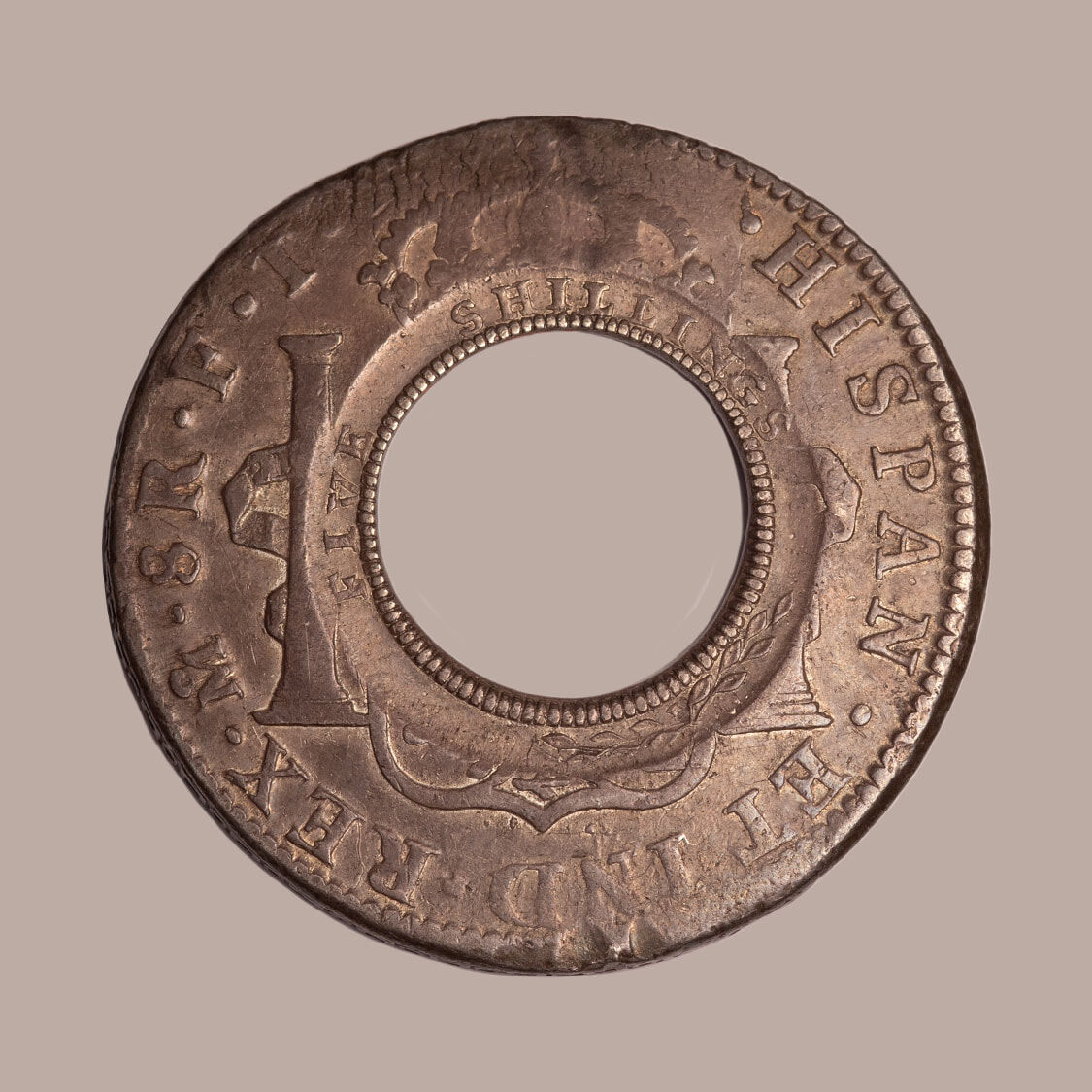
The Mexico Mint mark 'M' and a circle above it, shown clearly in the legend. A lovely coin with high quality Extremely Fine counterstamps.
We like the quality and eye appeal of this Holey Dollar. The design of the original silver dollar is highly detailed. So too, the counter stamps.
The original Spanish silver dollar is uniformly toned a glorious, soft gun-metal blue grey. The surfaces are smooth. Look closely and you see that the coin has original silver lustre.
With a quality level of Good Very Fine, it is a high calibre Holey Dollar and an exception to those most commonly found. (See chart below.) The extensive use of the Spanish Silver Dollar as an international trading coin meant that most of the coins imported by Macquarie were well worn.
What we also know about this Holey Dollar is that after it was created by William Henshall it underwent minimal circulation for the counter stamps New South Wales, 1813 and Five Shillings are of an exceptional nature: the lettering highlighted by original lustre and beautiful toning. The technical grading of the counter stamps is Extremely Fine.
Consider that after delivering this Holey Dollar to the Deputy Commissary Generalʼs Office in 1814 along with the 39,909 other Holey Dollars, it was barely used. And then, after the Holey Dollars were officially demonitised in 1829, this coin survived the recall, and the eventual melting pot. It is simply miraculous.
The Holey Dollar is one of Australia's most desirable coins. Talk to those fortunate enough to own one and they will tell you that the coin is the jewel in their collection. And that statement is made irrespective of the quality level.
A Holey Dollar can resemble a washer if it is well circulated. Or it can reach the heady quality heights of the Gibbs Uncirculated Holey Dollar. Or it can be at a quality level somewhere in between. No matter the quality, the pleasure of ownership is immeasurable.
Once you move from the well circulated Fine and Good Fine quality levels up to the Very Fine and Good Very Fine echelons, and then further up again to the Extremely Fine levels the differences in quality at each level are noticeable and are clearly visible to the naked eye. It is the detail in the hair, the robes and the overall state of the fields.
The price of this coin reflects its outstanding quality attributes.

THE HISTORY BEHIND THE FAMOUS 1813 HOLEY DOLLAR
The transition from a penal colony in 1788 to a commercial hub by 1813.
That Australia was settled in 1788, and the Holey Dollar and Dump not struck until 1813, raises the question about the medium of currency operating in the intervening years.
No consideration had been given to the monetary needs of the penal settlement of New South Wales. It was planned on the assumption that it would be self-supporting, with no apparent need for hard cash for either internal or external purposes.
Even if it had been theoretically planned for, it would have been physically impossible for the British Government to fund this new venture. Britain’s own currency was in a deplorable state and the Royal Mint’s priorities were clearly set at making improvements on the home front, not diverting hard cash off-shore.
Foreign coins arrived haphazardly in trade, and acquired local acceptability and brief legal recognition, but what was received quickly left the colony to pay for imports.
The essence of all business is a medium of exchange. Having very little hard cash, the inhabitants, from governor to free settlers and convicts, improvised by issuing hand-written promissory notes, in denominations as low as 3d, to settle their debts.
Commercial transactions were also facilitated through barter of goods and services. Liquor was the prime commercial force and medium for barter in the colony and for almost forty years was part of the wages received by a considerable section of the population.
By 1812 the social fabric of Sydney as a community was emerging. It was no longer a redistribution point for convicts, with only the military as permanent residents.
Streets were being named. Macquarie, Phillip, Elizabeth, Castlereagh, Pitt and George Street. A post office was established and the common had been christened Hyde Park.
Houses had to be aligned and numbered and heavy industry was being re-located out of the city centre to the suburbs.
Despite the social improvements, there was no bank and liquor remained the most commonly negotiated medium of currency exchange.
Rum, which cost 7/6 a gallon was being sold for up to £8 and its use as a negotiating medium was utilized by all sections of the community, including government.
And the highest levels of Government at that. Even Lachlan Macquarie used rum to buy a house. The cost? 200 gallons.
By 1812, the penal colony of New South Wales had shaken off the shackles of being a receptacle for convicts.
It was no longer a ‘jail’. And was emerging as a structured society and a commercial hub.
The stage was set for Governor Lachlan Macquarie to introduce Australia’s first currency.
The nation's first currency using imported Spanish Silver Dollars.
Governor Lachlan Macquarie etched his name into numismatic history forever when in 1812 he imported 40,000 Spanish Silver Dollars to alleviate a currency crisis in the infant colony of New South Wales.
Macquarie’s order for Silver Dollars did not specify dates. Any date would do. He wasn’t concerned about the various mints at which they were struck. Nor was he fussy about the quality of the coins. The extensive use of the Spanish Silver Dollar as an international trading coin meant that most were well worn.
Concluding that the shipment of 40,000 Spanish Silver Dollars would not suffice, Macquarie decided to cut a hole in the centre of each dollar, thereby creating two coins out of one, a ring dollar and a disc. It was an extension of a practice of ‘cutting’ coins into segments, widespread at the time.
Macquarie needed a skilled coiner to carry out his coining project. William Henshall, acquired his skills as an engraver in Birmingham, where the major portion of his apprenticeship consisted of mastering the art of die sinking and die stamping for the shoe buckle and engraved button trades.
In the same year as the Spanish Silver Dollar was minted - 1805 - he was apprehended for forgery, faking Bank of England Dollars, and sentenced to the penal colony of New South Wales for seven years.
Enlisted by Lachlan Macquarie as the colony’s first mint master, Henshall commenced the coining process by cutting out a disc from each silver dollar using a hand-lever punch.
He then proceeded to re-stamp both sides of the holed dollar around the inner circular edge with the value of five shillings, the date 1813 and the issuing authority of New South Wales.
Other design elements in this re-stamping process included a fleur de lis, a twig of two leaves and a tiny ‘H’ for Henshall.
The holed coins were officially known as ring, pierced or colonial dollars and although ‘holey’ was undoubtedly applied to them from the outset, the actual term ‘holey’ dollar did not appear in print until the 1820s.
We refer to the coins today as the 1813 New South Wales Five Shillings (or Holey Dollar).
The silver disc that fell out of the hole wasn’t wasted. Henshall restamped the disc with a crown, the issuing authority of New South Wales and the lesser value of 15 pence and it became known as the Dump.
In creating two coins out of one, Macquarie effectively doubled the money supply. And increased their total worth by 25 per cent.
Anyone counterfeiting ring dollars or dumps were liable to a seven-year prison term; the same penalty applied for melting down. Jewellers were said to be particularly suspect. To prevent export, masters of ships were required to enter into a bond of £200 not to carry the coin away.
Of the 40,000 silver dollars imported by Macquarie, records indicate that 39,910 of each coin were delivered to the Deputy Commissary General’s Office by January 1814 with several despatched back to Britain as specimens, the balance assumed spoiled during production.
The Holey Dollar and Dumps remained as currency within the colony until 1829. The colony had by then reverted to a standard based on sterling and a general order was issued by Governor Darling to withdraw and demonetise the dollars and dumps.
The recalled specie was eventually shipped off to the Royal Mint London, melted down and sold off to the Bank of England for £5044.
It is estimated that 300 Holey Dollars exist today of which a third are held in public institutions with the balance owned by private collectors.
Coinworks also has available
© Copyright: Coinworks


